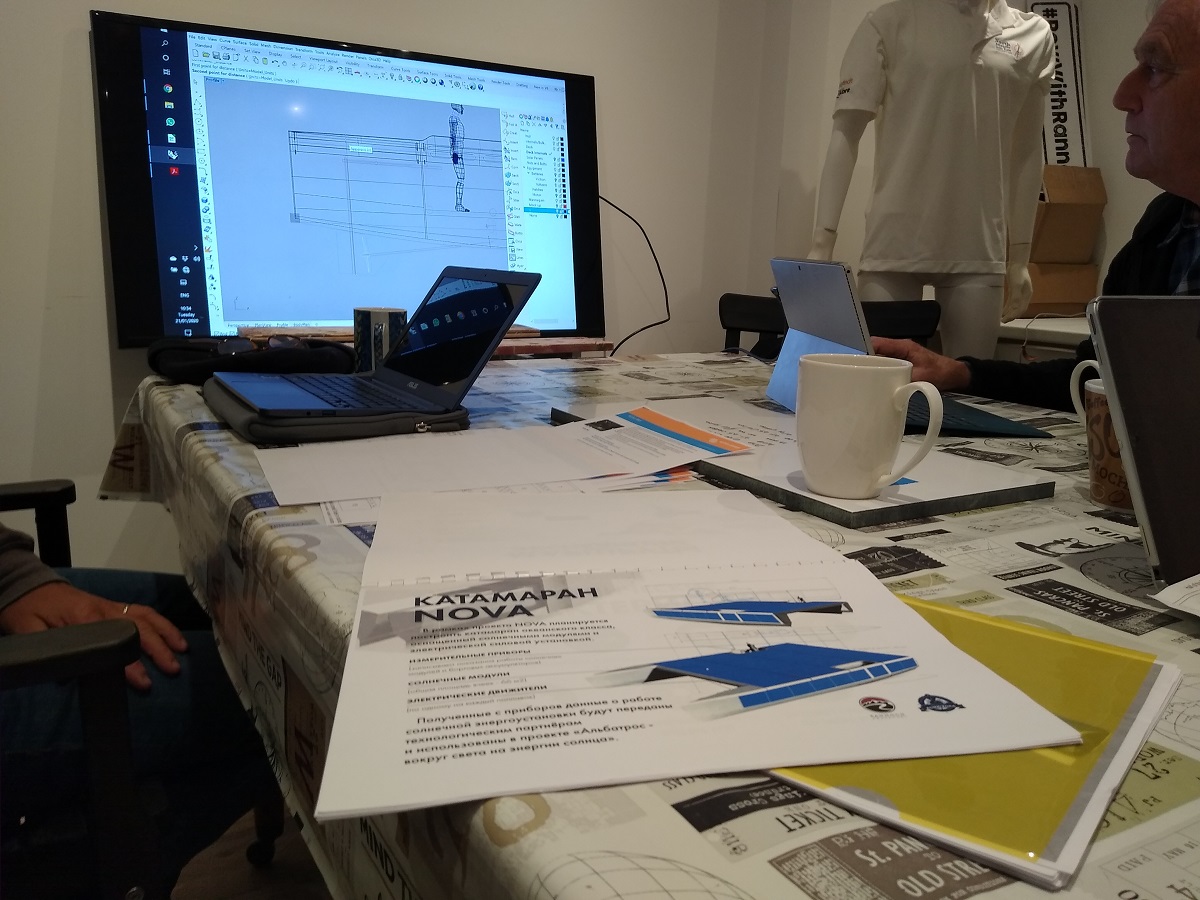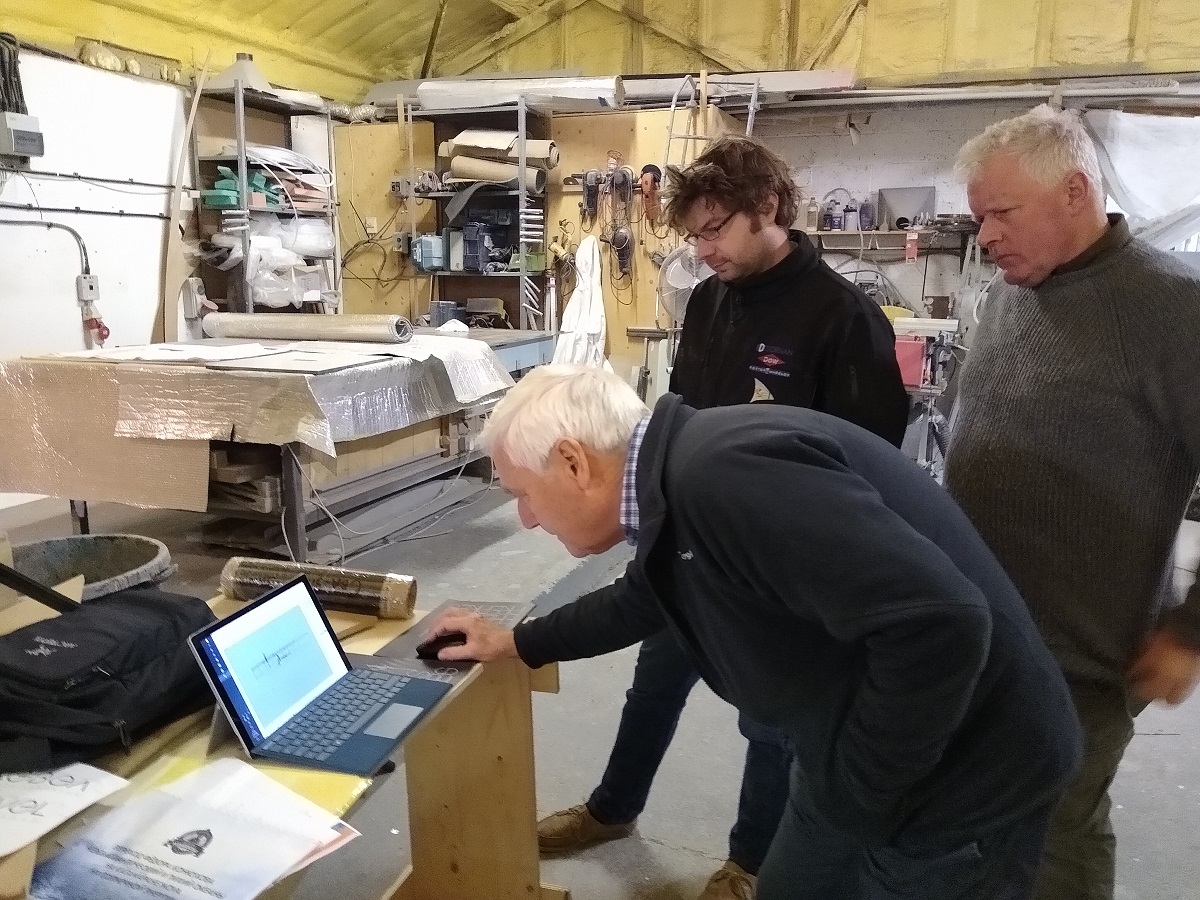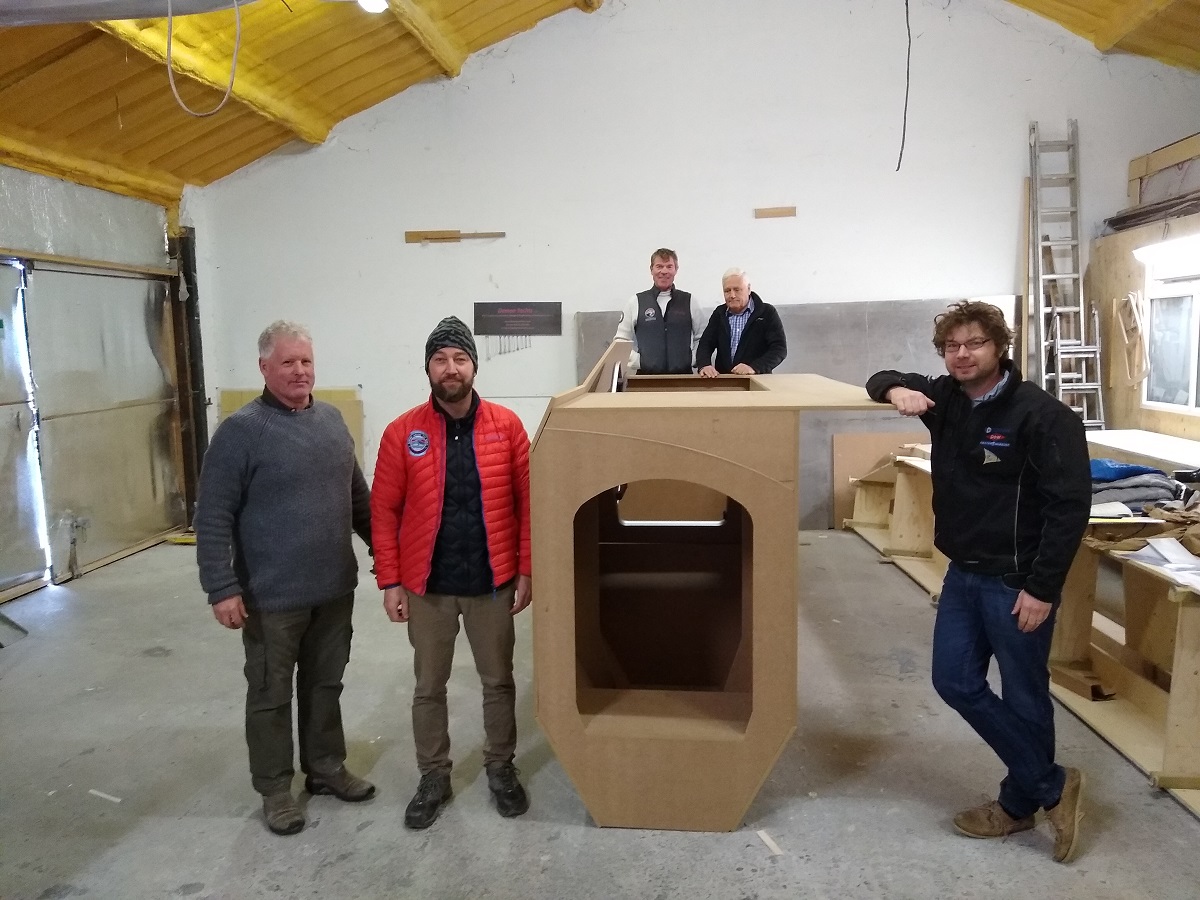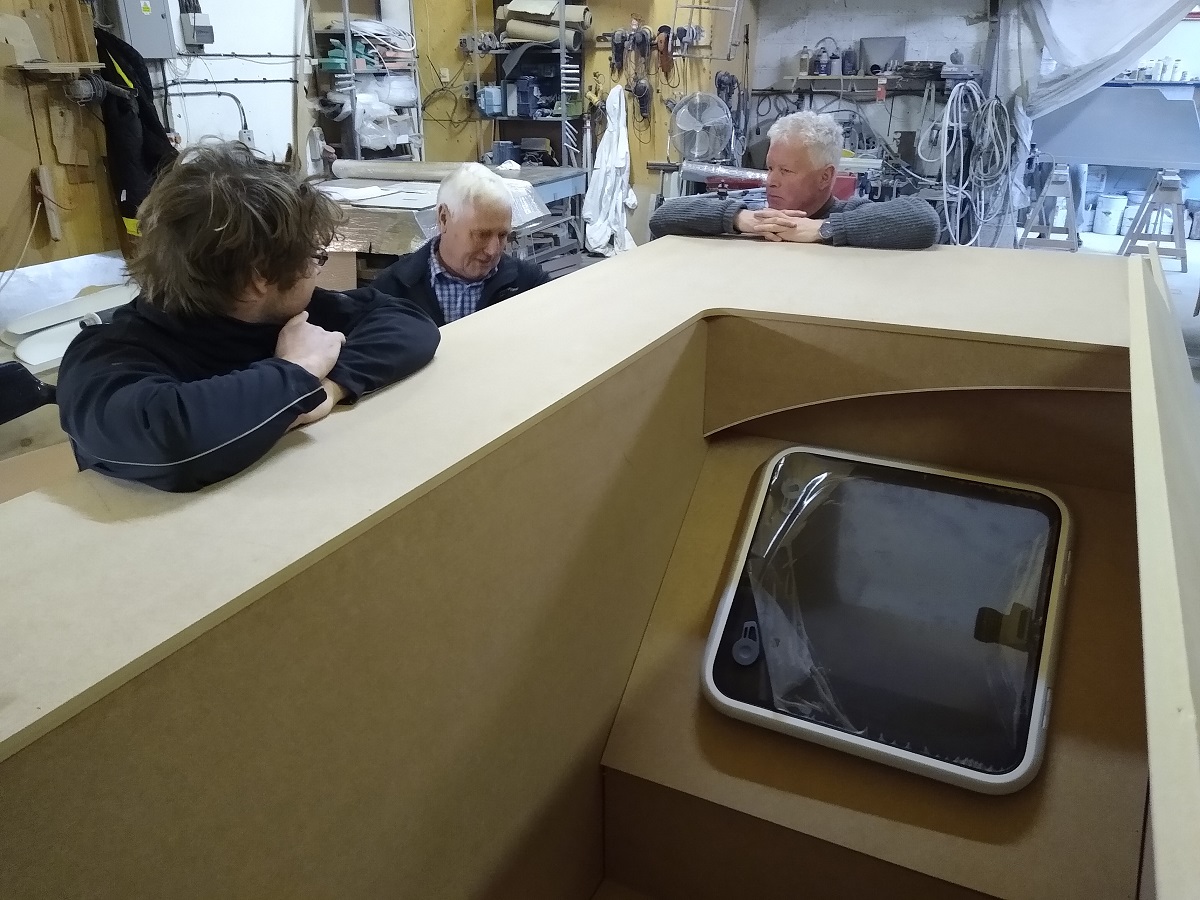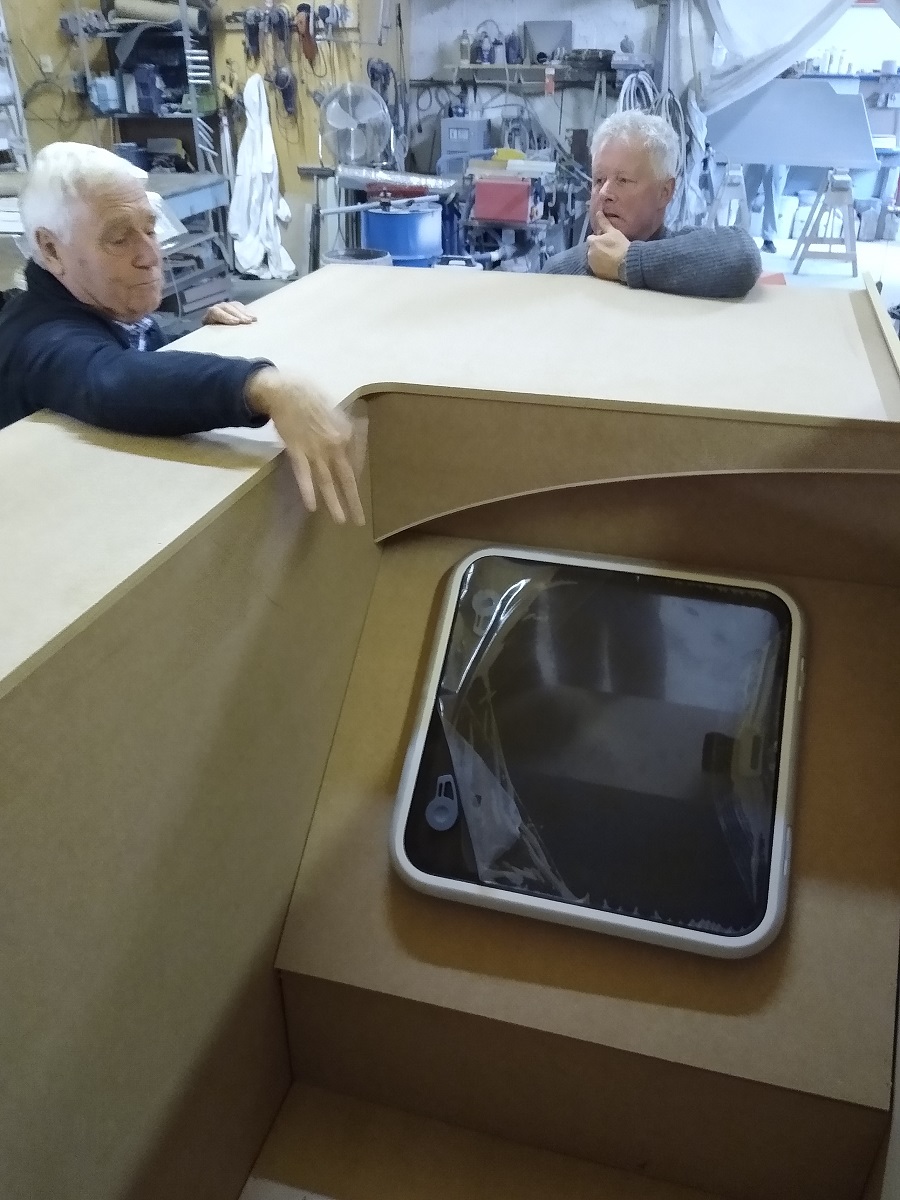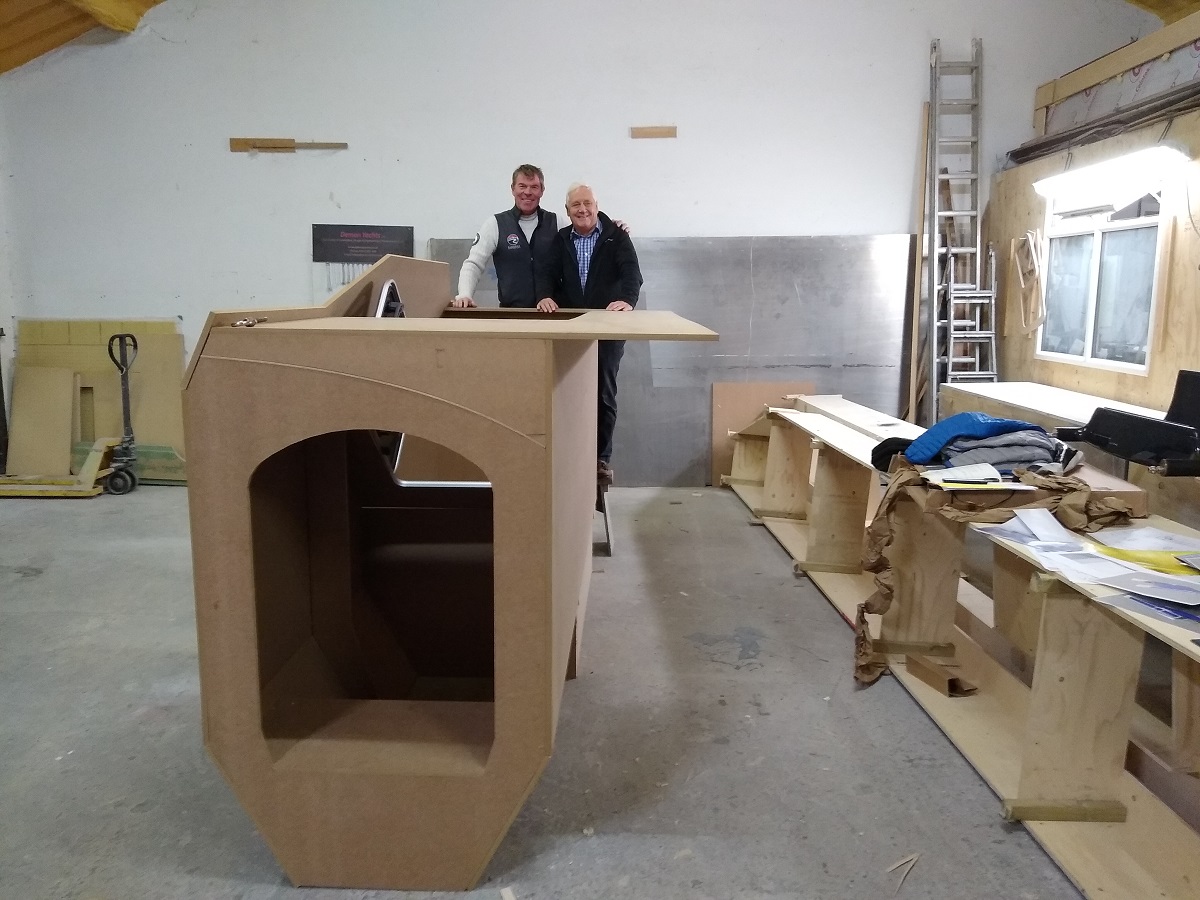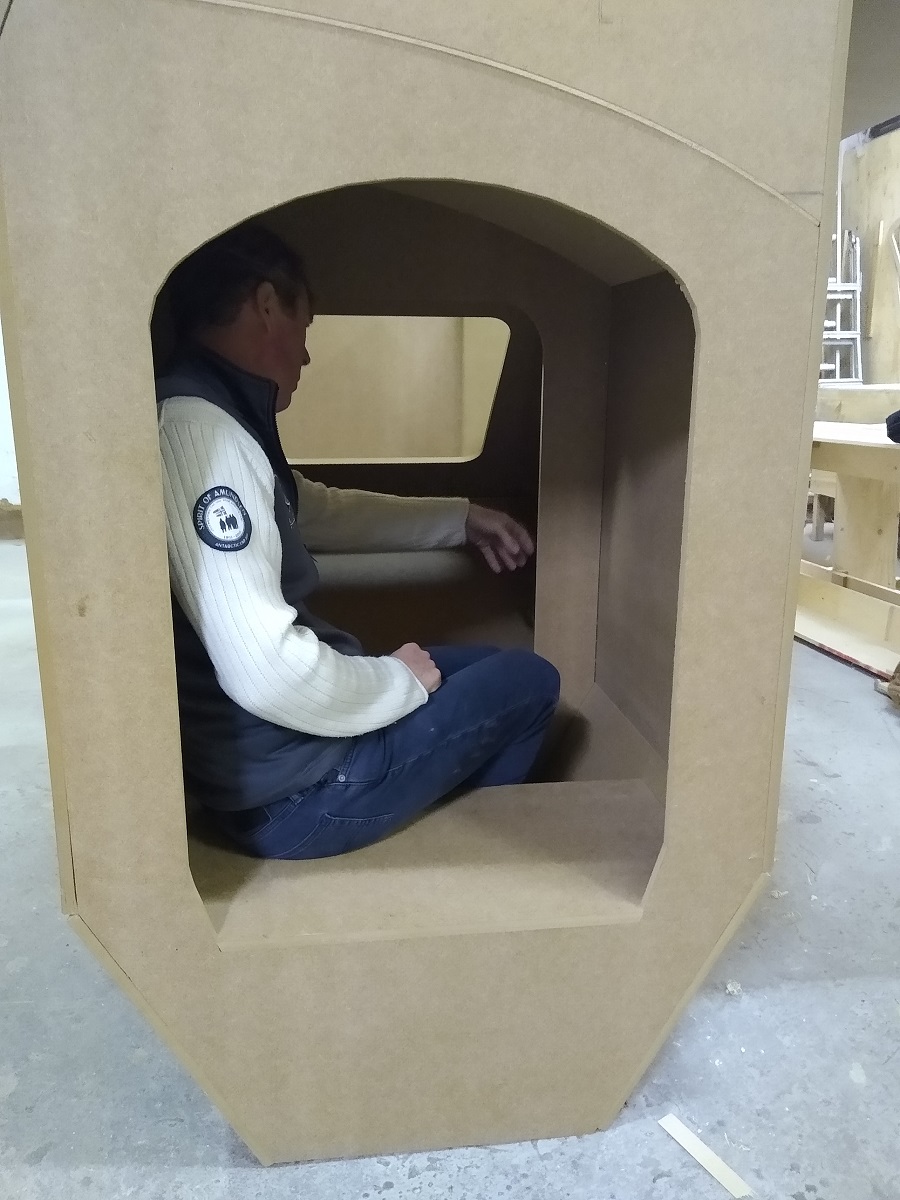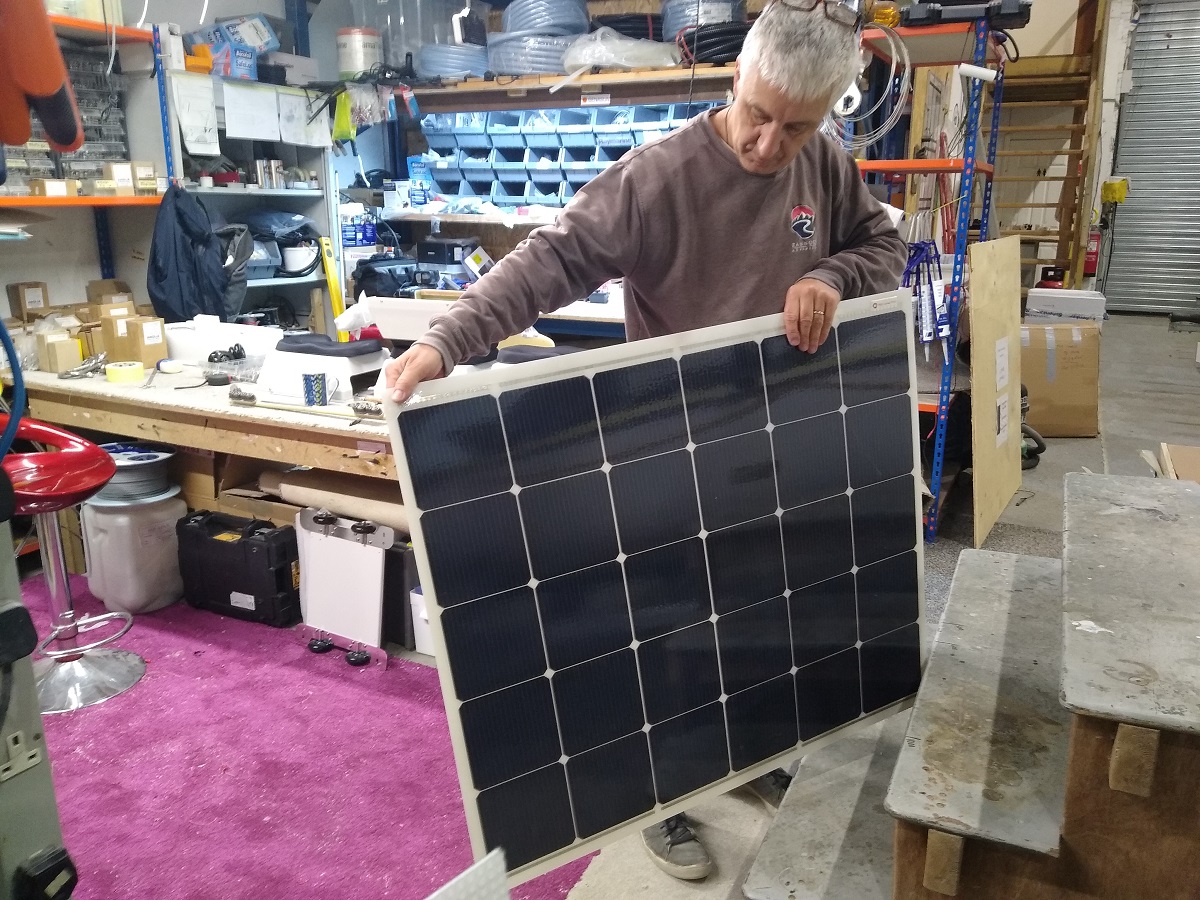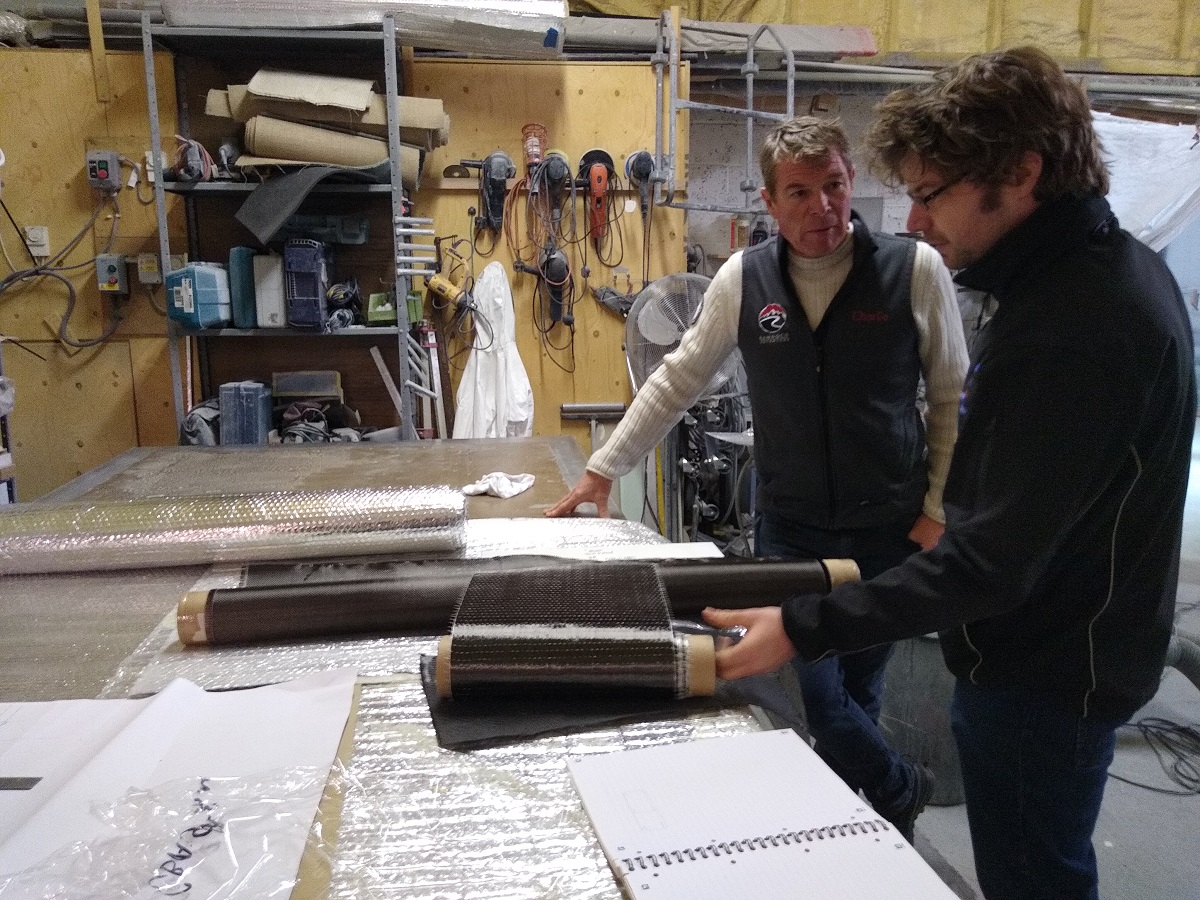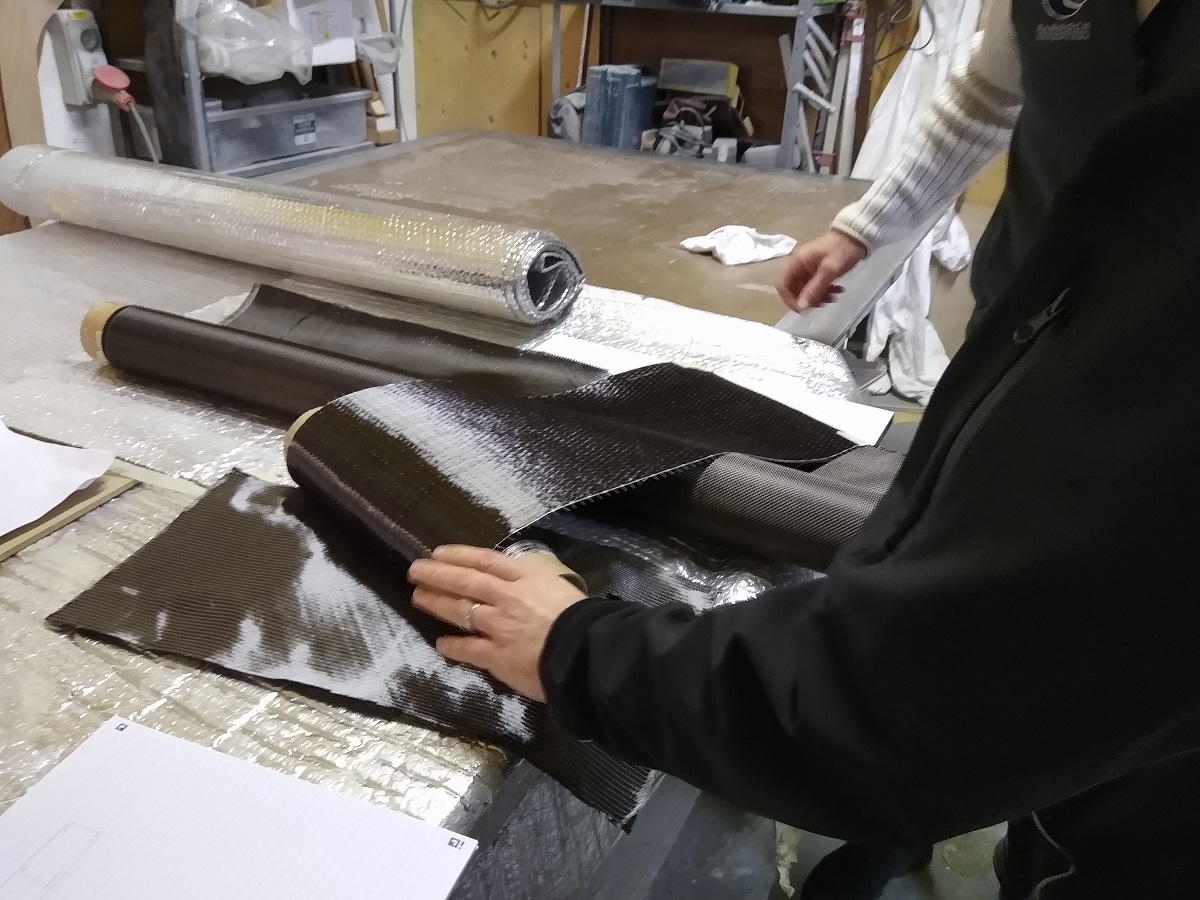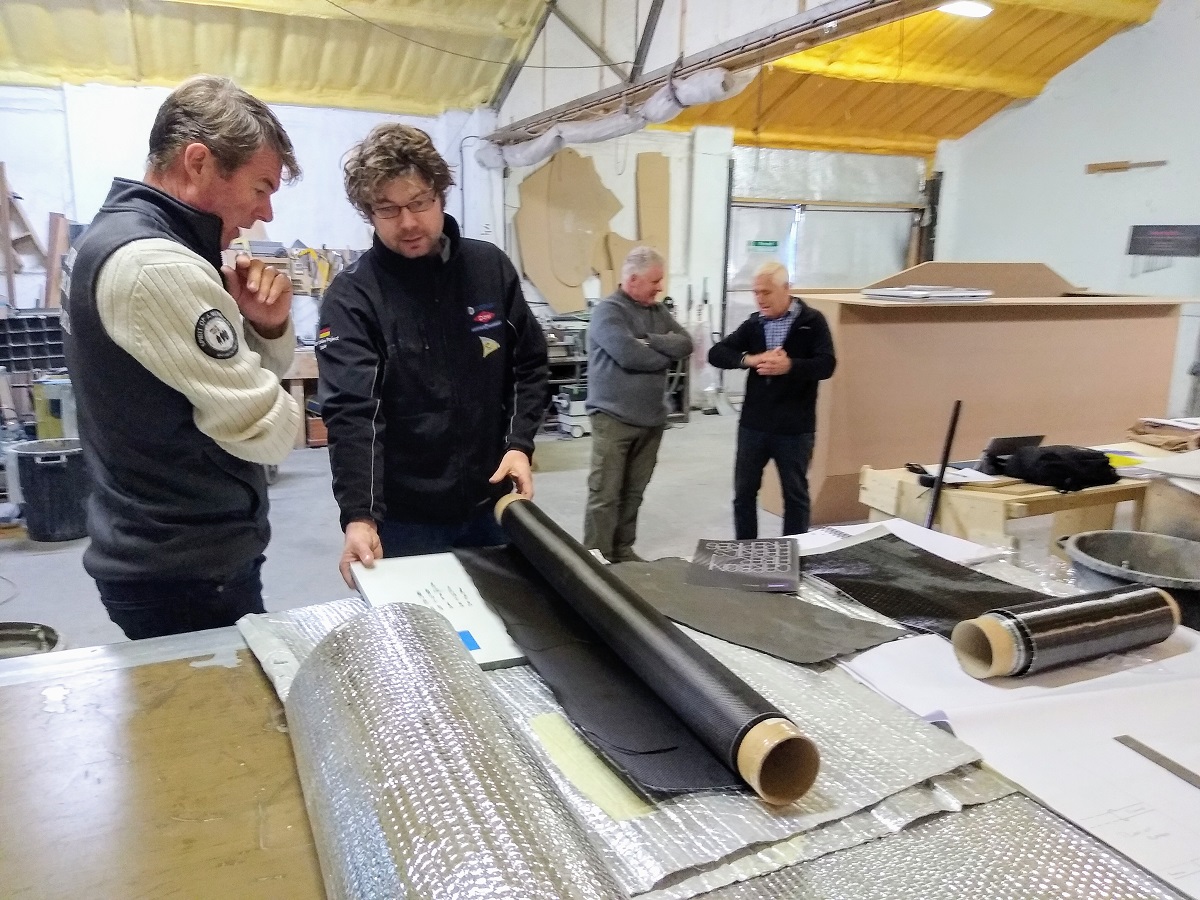Сatamaran NOVA construction begins
This week the first meeting of the team for the project “The catamaran Nova crossing the oceans on solar energy” took place in UK.
The international team approved a progress schedule for this year. From January to May 2020 the construction of the Fedor Konyukhov catamaran’s hull will take place in England at the yard of “Rannoch Adventure”, the company with which our expedition team have been working together for ten years now. For the months of May to September the installation of on-board solar panels produced in Russia is planned. The solar panels will have a total surface area of 66 square metres. The catamaran will also be fitted with two electric motors (1.5 kW each) and standard navigational equipment. In September sea trials will take place with the boat being lowered into the water. A few months (October-November) are set aside in the schedule for any troubleshooting and equipment testing. In December 2020 the catamaran will be taken apart and sent in two separate containers to the island of Teneriffe (Canary Islands). The start of the expedition is planned for the first half of February 2021.
A layout of the central section of the catamaran, which includes the navigational compartment, has been modelled at the yard from plywood in order to determine the placement of the devices and subsistence systems on board. This is standard procedure at the yard. After designing and computer-modelling according to the blueprints available, the hull components are cut from plywood in order to plant the layout of equipment and navigation systems as ergonomically as possible.
The launch date is determined by the seasons. The later the season, the more sunlight and time there is in the day. It would be ideal to start in May, but then there is the risk of ending up in the path of a bourgeoning tropical storm (cyclone season begins in July).
The dimensions of the catamaran are 11 metres by 7.5 metres, with two floats and a deck consisting of 4 disassemblable parts. The total weight of the hull when put together will be 2,200kg. The vessel will be transported in two 40-foot containers, and the assembly of the catamaran at the starting port will take a whole day.
After crossing the Atlantic Ocean from Teneriffe to Antigua (Caribbean Islands), the catamaran NOVA will be sent to England for servicing and then sent to South America. In Autumn 2021, Fedor Konyukhov plans to undertake a crossing of the Pacific Ocean from South America to Australia, approximately on the same route he took aboard the rowboat “Turgoyak” in 2013-2014.
The project’s main goals are to test technology and study the ecology of the world’s oceans.
In his two crossing of the oceans, Fedor Konyukhov will conduct ecological monitoring of the oceans, focusing on microplastic pollution. The catamaran will be fitted with a special device designed to collect debris from the surface of the ocean (a special net strung between the floats). The project is taking place in partnership with the Russian Institute of Oceanology named after P.P. Shirshov.
Another goal of the project is to test the Russian hetero-structural solar panels built by the company Khevel (at their own R&D Centre) under the conditions of constant running in the ocean over the course of many months. The flexible solar panels with 22% efficiency were manufactured by the R&D Centre in St. Petersburg.
Another Russian company, UMATEX has provided the carbon fibres for the construction of the hull and deck. At the moment several suppliers of batteries for energy storage aboard the catamaran NOVA are being examined.
The project’s official financial partners are the following companies: Rostselmash, SKB Kontur and ROTEC.
More details about the project can be found here.

